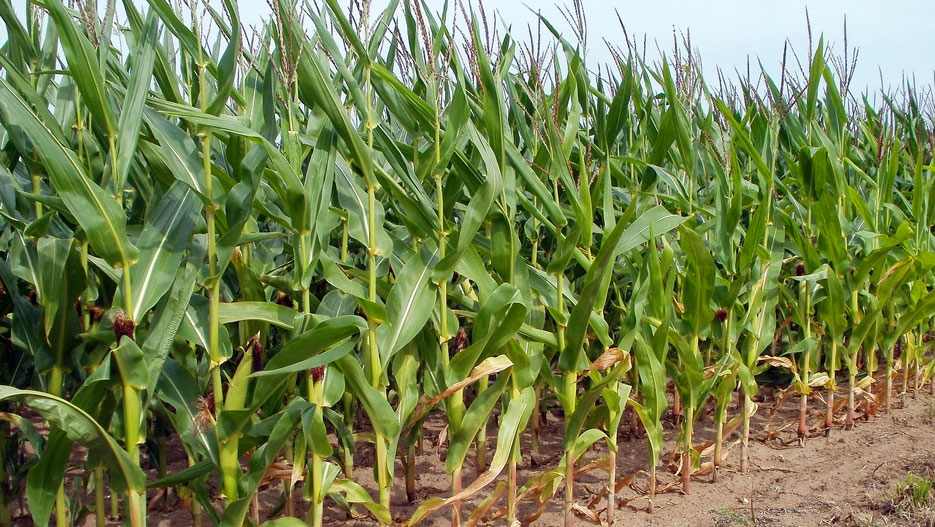Agriculture Remains Backbone of Zimbabwe’s Economy Despite Challenges
Agriculture remains Zimbabwe’s economic backbone despite formidable challenges. This article explores the sector’s resilience amidst adversity, covering diverse production, the impact of land reforms, challenges faced by smallholder farmers, efforts to revive production, and the path forward amid economic turbulence.

Agriculture has long been the lifeblood of Zimbabwe’s economy, employing around 70% of the workforce and contributing 18% to the nation’s GDP. However, the sector has faced significant upheavals and obstacles in recent decades that have tested its resilience.
Diverse Agricultural Production
Zimbabwe is blessed with vast agricultural lands spanning nearly 39 million hectares, divided into five natural regions based on climatic conditions. The country’s diverse agricultural production includes staple crops like maize, tobacco, cotton, sugarcane, wheat, and sorghum, as well as cash crops like groundnuts, soybeans, and horticulture products such as bananas and oranges. Livestock, especially cattle, also plays a crucial role, contributing 35-38% of the agricultural GDP.
Impact of Land Reforms
The land reform program initiated in 2000, which saw the redistribution of formerly white-owned commercial farms to black Zimbabweans, dealt a significant blow to the agricultural sector. Many of these large-scale commercial farms, which accounted for 60% of the best agricultural land, were seized and given to small-scale farmers, leading to disruptions in production, particularly in the tobacco industry.
Challenges Facing Smallholder Farmers
The transition to smallholder farming has not been without its challenges. Many of these farmers lack access to resources such as inputs, equipment, and finance, hampering their productivity. Poor infrastructure, including inadequate road networks, has also made it difficult to transport produce to markets.
Moreover, Zimbabwe’s heavy reliance on rain-fed agriculture, with only 20% of production being irrigated, has made the sector vulnerable to droughts and unreliable rainfall patterns, especially in the marginal regions IV and V.
Reviving Agricultural Production
Recognizing the need for expertise, the government has recently allowed some white former farmers to return and partner with new black landowners through joint ventures and rental agreements. This move has helped revive agricultural production, with record tobacco harvests in recent years.
However, the overall economy remains in crisis, grappling with issues such as hyperinflation and currency devaluation, which continue to pose challenges for the agricultural sector.
Looking Ahead
As Zimbabwe navigates these turbulent times, the importance of agriculture cannot be overstated. With the majority of the population dependent on this sector for their livelihoods, addressing the challenges faced by smallholder farmers and investing in infrastructure and irrigation will be crucial for ensuring food security and economic stability.
Despite the obstacles, the resilience of Zimbabwe’s agricultural sector remains a source of hope, and its continued revival could pave the way for a brighter future for the nation.
FAIR USE POLICY – This material (including media content) may not be published, broadcasted, rewritten, or redistributed. However, linking directly to the page (including the source, i.e. Marcopolis.net) is permitted and encouraged.